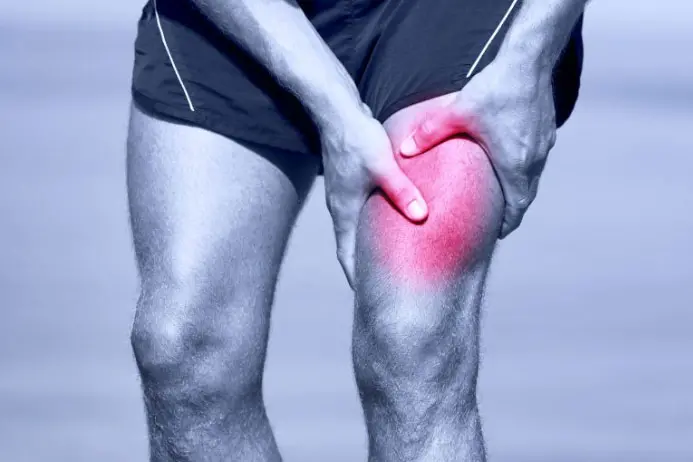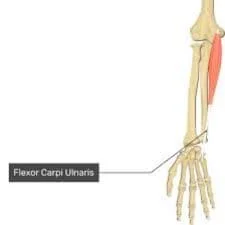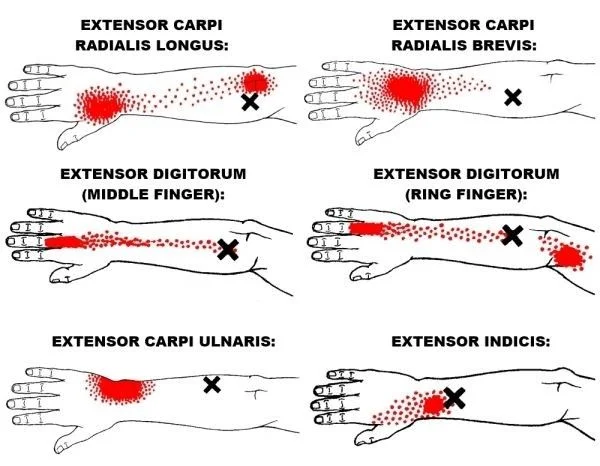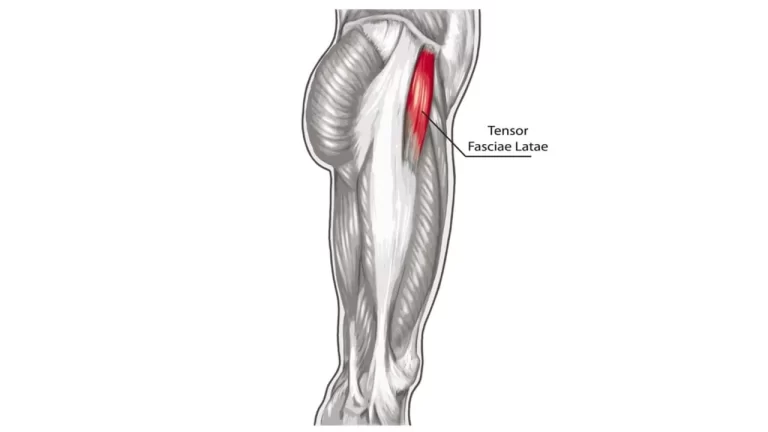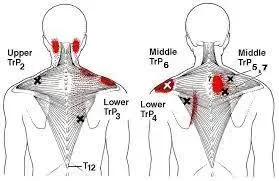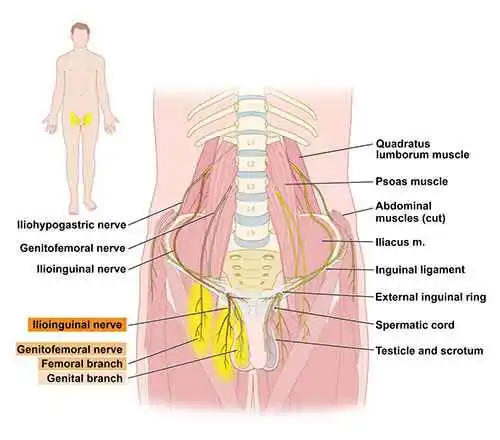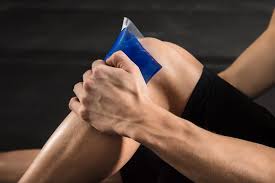Quadriceps Tightness
Introduction
Quadriceps tightness is the sensation of stiffness or tension in the muscles at the front of the thigh. Walking, sprinting, jumping, and squatting all rely heavily on the quadriceps, a group of four muscles. Tightness can be caused by a number of circumstances, including overuse, injury, or extended sitting.
Anatomy of Quadriceps muscle
The quadriceps tendon joins the quadriceps muscles to the patella, while the patellar ligament connects the patella to the tibia.
The quadriceps are necessary for motions that involve elevating the leg and extending the knee, making them important in many daily tasks and sports.
Function
Walking, sprinting, crouching, and jumping all need knee extension, and the quadriceps are essential for this. When the leg moves, these muscles work together to straighten the knee joint. Furthermore, the rectus femoris helps to flex the hip since it crosses both the hip and knee joints.
Common Causes of Quadriceps Tightness
- Overuse or Strain
- Dehydration or Electrolyte Imbalance
- Poor Posture or Sitting for Long Periods
- Muscle Imbalance
- Injury or Trauma
- Inadequate Warm-Up
- Post-Exercise Recovery
Overuse or Strain: Running, cycling, and weightlifting are all examples of prolonged or vigorous activity that can cause quadriceps stiffness. Excessive exercise or an insufficient warm-up can also contribute.
Dehydration or Electrolyte Imbalance: Inadequate hydration or mineral imbalances such as potassium and magnesium can result in muscular cramps and tightness.
Poor Posture or Sitting for Long Periods: Sitting with your hips flexed for a lengthy amount of time might cause quadriceps shortening and tightness. This is especially common with sedentary occupations or activities.
Muscle Imbalance: If other muscles, such as the hamstrings or glutes, are weak or underused, the quadriceps may overcompensate, causing tightness and pain.
Injury or Trauma: A direct impact to the quadriceps, such as that sustained during a fall or contact sport, can cause muscle stiffness and tightness.
Inadequate Warm-Up: Not warming up adequately before physical activity increases the risk of muscle tightness and strain.
Post-Exercise Recovery: Muscles may tighten when they recover from strenuous exercise.
Symptoms
The primary signs of quadriceps tightness include:
- Stiffness and tension in the front of the thigh.
- Pain, especially when extending or flexing the knee.
- Limited range of motion in the knee.
- Muscle cramps or spasms.
- Soreness after activity.
- Weakness or instability in the legs.
- Tenderness to touch in the quadriceps area.
- Difficulty walking or moving, especially after prolonged sitting.
- Swelling or bruising if related to injury.
When to See a Doctor
Physicians may recommend you to a physical therapist, orthopedic expert, or neurologist for additional treatment and rehabilitation if they identify a specific problem that calls for specialized care (such as muscle strain, nerve compression, or injury). To relieve the tightness and increase mobility, a physical therapist can provide focused exercises and modalities.
Diagnosis
To find out why you have tight quadriceps, a medical professional, such as a doctor or physical therapist, might do the following tests:
- Medical History
- Physical Examination
- Imaging
Medical History: carefully examining current activity, previous injuries, and ways of life.
Physical Examination: Strength testing, range-of-motion tests, quadriceps palpation, and a look for any pain areas or muscular imbalances.
Imaging: It is possible to rule out structural problems (such as tears, arthritis, or patellar tendinopathy) via X-rays or MRI scans.
Treatment
- Medical
- Physical Therapy
- Surgical( if required)
Medical Treatment:
If there is an accompanying strain or injury to the quadriceps, over-the-counter (OTC) NSAIDs such as naproxen (Aleve) or ibuprofen (Advil, Motrin) can help reduce inflammation, soreness, and muscular stiffness.
Because long-term use of these medications can have negative effects, they should only be used as prescribed and for brief periods.
Physical Therapy Treatment
- Stretching
- Strengthening Exercises
- Manual Therapy
- Dry Needling
- Ultrasound Therapy
Stretching
- Standing Quad Stretch
- Kneeling Quad Stretch
- Lying Quad Stretch
- Prone Quad Stretch
- Quad Extend with a Towel or Strap
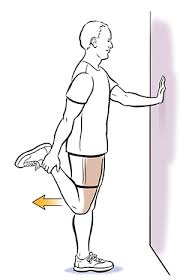
Standing Quad Extend:
- Your feet should be hip-width apart.
- As you pull your foot closer to your glutes, bend one knee.
- Gently bring your ankle closer to your torso by grabbing it with your hand.
- Keep your standing leg slightly bent and your knees close together to stay balanced.
Kneeling Quad Stretch:
- Both of your knees should be on the bottom.
- Step forward with one foot while bending your knee to a 90-degree angle.
- Take hold of your other leg’s ankle( the one on the floor) and slowly bring it up to your glutes.
- You can make the stretch more intense by pushing your hips forward.
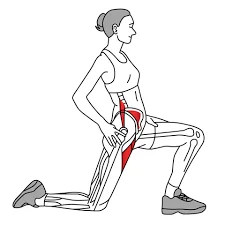
Lying Quad Stretch:
- With your legs outstretched, lie on your side.
- Bring the heel up to the glutes and bend the top knee.
- drag your ankle gently towards your core with your hand.
- Keep your shoulders and hips stacked to prevent overrotation.
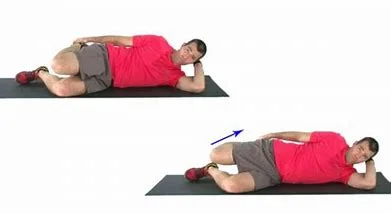
Quad Stretch with a Towel or Strap:
- Place yourself flat on your stomach.
- Wrap your ankle on the bowed leg with a cloth or strap.
- Stretch your quadriceps by gently pulling the strap or cloth toward your glutes.
Dry Needling
In order to relieve tension, a tiny needle is inserted into muscle trigger points. This may lessen tense muscles and increase blood flow to the afflicted area.
Strengthing Exercise
- Squats
- Lunges
- Step- Ups
- Wall Sits
- Straight Leg Raises
- Resistance Band Squats
Squats
- Position your toes slightly outward and your bases shoulder-width apart.
- As though you were sitting in a chair, lower your hips back while maintaining your knees behind your toes.
- As deeply as it seems comfortable, lower your body until your thighs are parallel to the floor.
- Put pressure on your heels to get back to standing.
- Perform 10 – 15 reps in 3 sets.
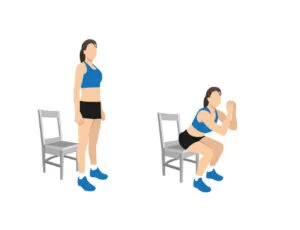
Lunges
- With your feet together, take a tall stance.
- Lower your body to a 90-degree angle with both knees by taking a big stride forward with one leg.
- The front knee should stay below the toes, while the rear knee should droop slightly above the ground.
- To get back to where you were before, push through the front heel.
- For each leg, do three sets of 10 – 12 repetitions.
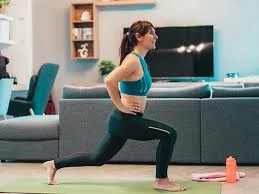
Step- Ups
- Take a position facing a stable step or bench.
- Stepping up with one foot, raise your body by pressing through the stepping foot’s heel.
- perform by holding a step down with the same foot.
- perform 10 – 15 reps per leg in 3 sets.
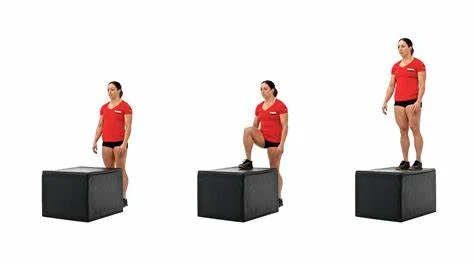
Wall Sits
- Maintain a 90-degree angle at your knees as you slide into a squat position while standing with your back against a wall.
- Maintain the posture for 30 to 60 seconds, paying close attention to using your quadriceps.
- Rest and perform two or three times.
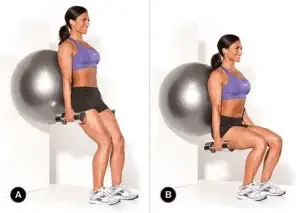
Straight Leg Raises
- One leg should be bent and the other straight while you lie flat on your back.
- Raise the straight leg slowly, keeping up the knee straight, about 6 to 8 height above the ground.
- Drop it back down after a brief moment of holding.
- perform 10 – 15 reps per leg in 3 sets.
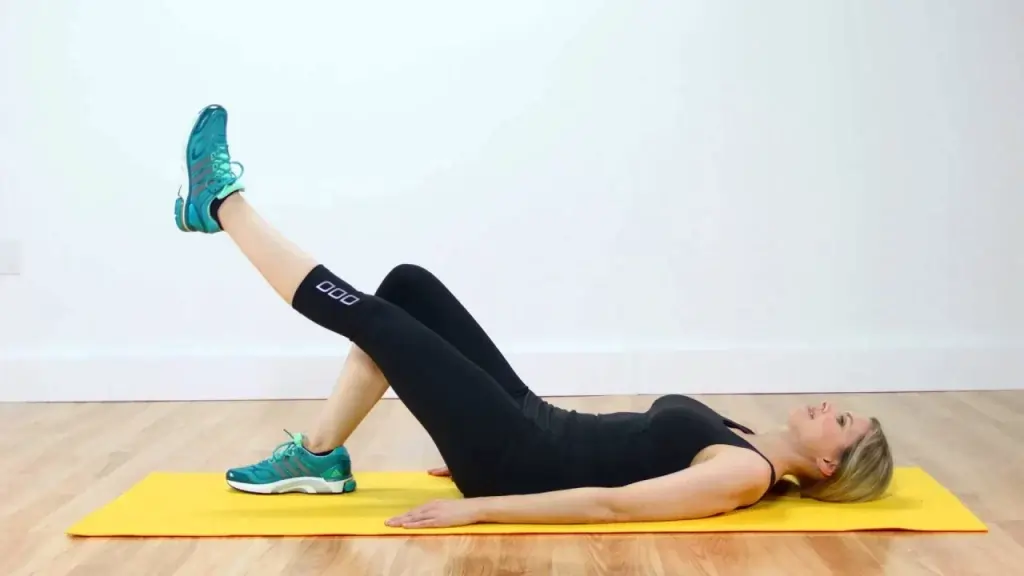
Box Jumps
- Take a place facing a sturdy box or stand.
- Leap onto the box while bending your knees, landing with both feet simultaneously.
- Repeat after slowly stepping down.
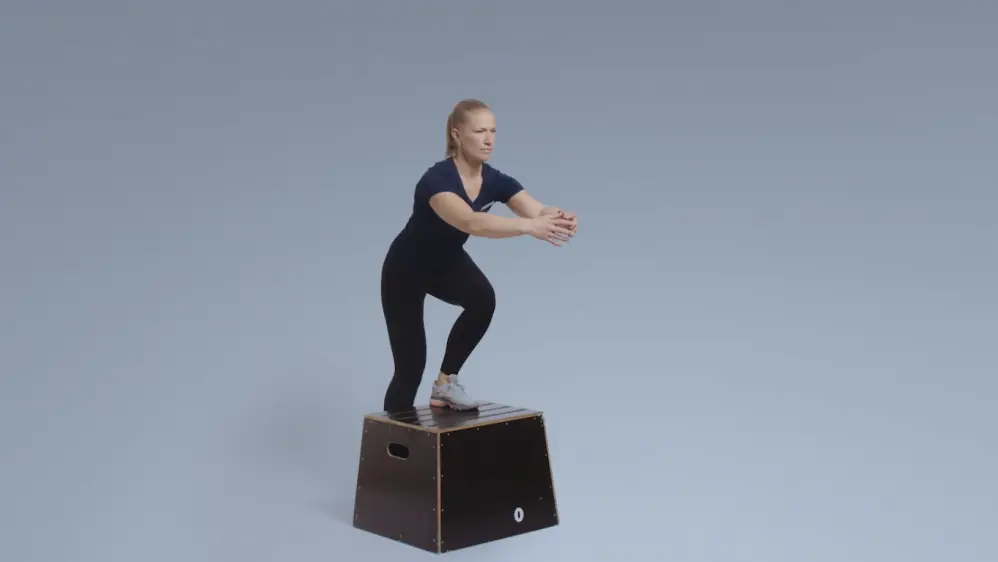
Resistance Band Squats
- On the resistance band, place both of your bases shoulder-width apart.
- You can either loop the band around your shoulders or hold the handles.
- Squat by lowering your body and pressing your hips back.
- To get back to where you were before, push through your heels.
- Perform 10 – 15 reps in 3 sets.
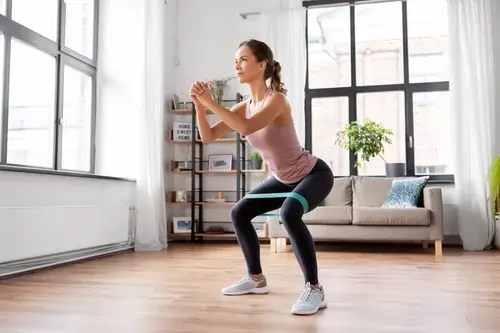
Ultrasound Therapy
A physical therapist might employ therapeutic ultrasonography, which increases blood flow, promotes healing, and penetrates deep tissues using sound waves. In the quadriceps, this can aid in reducing inflammation and relaxing the muscles.
Prevention
- Warm up properly before exercise.
- Stretch regularly, especially the quadriceps.
- Strengthen opposing muscles( hamstrings, glutes).
- Use proper form and avoid overuse.
- Cool down and stretch after exercise.
- Foam roll to release tightness and improve flexibility.
- Stay watered and consume a balanced diet.
- Manage stress to reduce muscle tension.
- Incorporate active recovery into your routine.
- Avoid long-term sitting and maintain good posture.
Summary
When the big muscles at the front of the leg feel stiff or uncomfortable, it’s called quadriceps tightness. This disorder can impair flexibility, produce pain, and interfere with mobility. Dehydration, poor posture, muscular imbalances, overuse, and lack of stretching are all common causes of tight quadriceps. Physiotherapy treatments like stretching, strengthening, and manual therapy help the patient to recover and relieve their tight muscle.
FAQ’s
What causes quadriceps tightness?
Overuse
Lack of stretching
Muscle imbalances
Poor posture
Injury
Dehydration
Can dehydration cause quadriceps tightness?
Indeed, cramping and muscle tightness, especially in the quadriceps, can be caused by dehydration. Drinking adequate water is important, particularly if you’re exercising vigorously or perspiring a lot. Magnesium and potassium are two electrolytes that are crucial for muscular function.
Can tight quads lead to knee pain?
It is true that persistent quadriceps tightness can impact knee mechanics and perhaps result in knee pain. Tightness or weakening in the quadriceps can change movement patterns and cause knee pain or discomfort because they are crucial for stabilizing the knee joint.
How do I know if I have tight quadriceps?
a sensation of pain or stiffness at the front of the leg.
difficulty bending or fully straightening your knee.
quadriceps soreness or tenderness following exercise.
tightness that gets worse when you do particular things, like squatting or climbing stairs.
What stretches are best for tight quads?
Standing quad stretch
Kneeling quad stretch
Lying quad stretch

